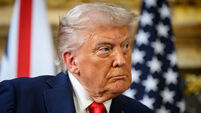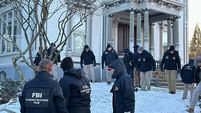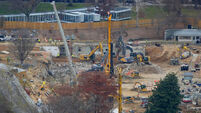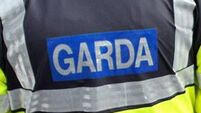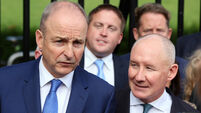Shuttle astronauts complete telescope repairs
Spacewalking astronauts completed repairs to the Hubble Space Telescope, leaving it more powerful than ever and able to peer even deeper into the cosmos - almost to the brink of creation.
The last humans to lay hands on Hubble outfitted the observatory with another set of fresh batteries, a new sensor for precise pointing and protective covers.








